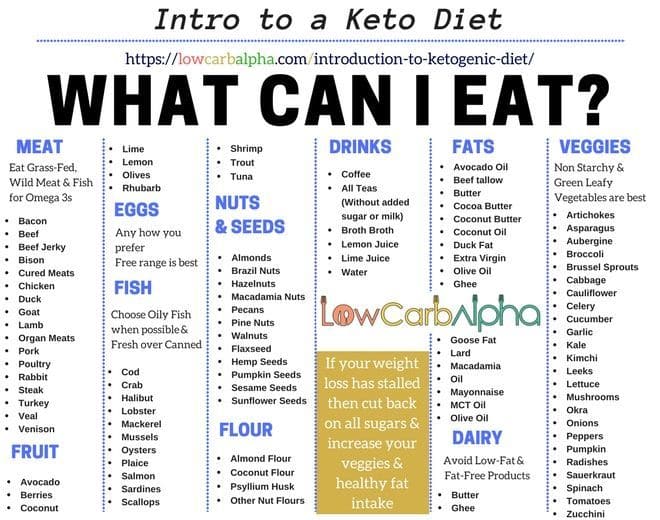A ketogenic or keto diet is a helpful tool to aid in weight loss, healing, performance, diabetes health and more. Try our keto diet calculator #ketodietcalculator to measure your nutritional needs on a ketogenic diet. Low carbs, proteins and high healthy fats are common in keto diets!
How to Use a Ketogenic Diet Calculator?
To calculate your ketogenic diet needs, input your details into the calculator below. It’s also a useful tool for diabetics!
Keto Diet Calculator
Keto Calculator
In a ketogenic diet, the main focus is on consuming foods that are basically pretty low in carbs, moderate in proteins, and brimming with healthy fats like they are going out of fashion. The target of this diet is to bring one’s body into a state known as ketosis, where the body switches the major fuel source from carbs to fats.
What Can I Eat on a Keto Diet?
Leafy greens, such as spinach, kale, and lettuce, are generally included in this diet. They have low carbohydrate content yet are very rich in vitamins and stuff. In addition to that, non-starchy veggies like broccoli (green and amazing), cauliflower (less green but always amazing), and zucchini are staples because they provide some serious necessary nutrients without significantly increasing blood sugar levels.
One can also say that the keto diet heavily implies the consumption of protein from food like fatty fish, chickens, eggs, and so on, which keep your muscles happy with protein. Avocados, olives, coconut oil, and nuts are all healthy fats that make you feel full and produce energy while on a keto diet! Although fruits are generally limited due to their higher carbohydrate content. Berries (strawberries, blueberries, raspberries) can be enjoyed occasionally because they are lower in carbs than other fruits. A diet can also be keto; you should think about whole foods that aren’t processed and have tiny amounts of refined carbohydrates and sugars.
But have you ever imagined how a pound of lettuce would feel when it goes under the knife? Yes, it sounds random and out of place, but it’s something to ponder about—the personification of the components of a keto diet. Or do avocados ever dream of being on a regular diet instead of a keto diet? I mean, they are high in fat and low in carbohydrates, but maybe, just maybe, they have dreams, too, right?

Try out our other health tools:
